- Joined
- Mar 29, 2016
- Messages
- 14,824
- Reaction score
- 8,264
- Can others edit my Photos
- Photos NOT OK to edit
I have several thousand slides some in carousels some in boxes that I need to sort through. Most of these were shot by my father who passed away 30 years ago. Since they haven't been stored under the best of conditions I'm assuming that a lot of them are probably to far gone to save. Of the ones that might still be salvageable what advice might others have for converting to digital. Should I buy a scanner and suggestions on which one? Or should I just use a commercial service and suggestions?



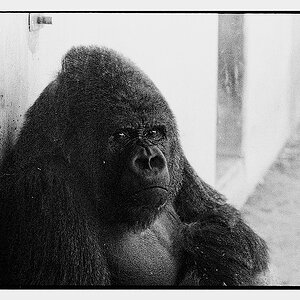
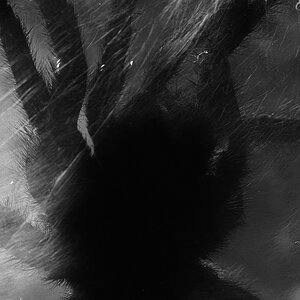
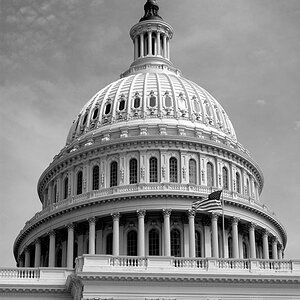
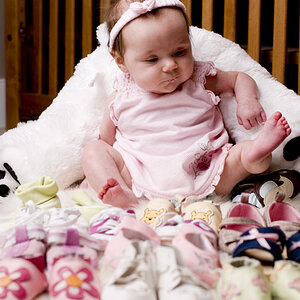
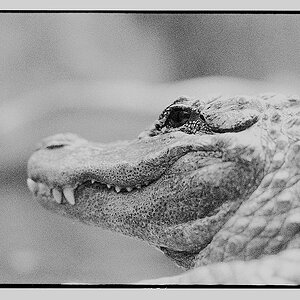
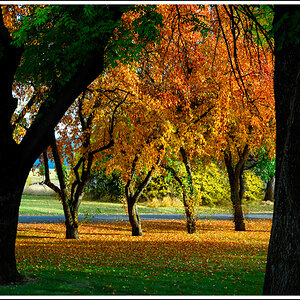

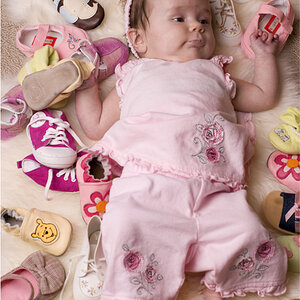
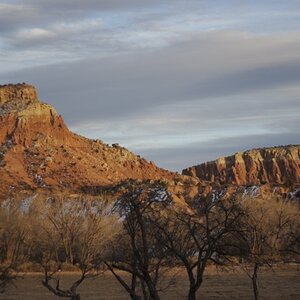

![[No title]](/data/xfmg/thumbnail/32/32702-7344d6e6132276dd7bfc046084fea432.jpg?1619735604)